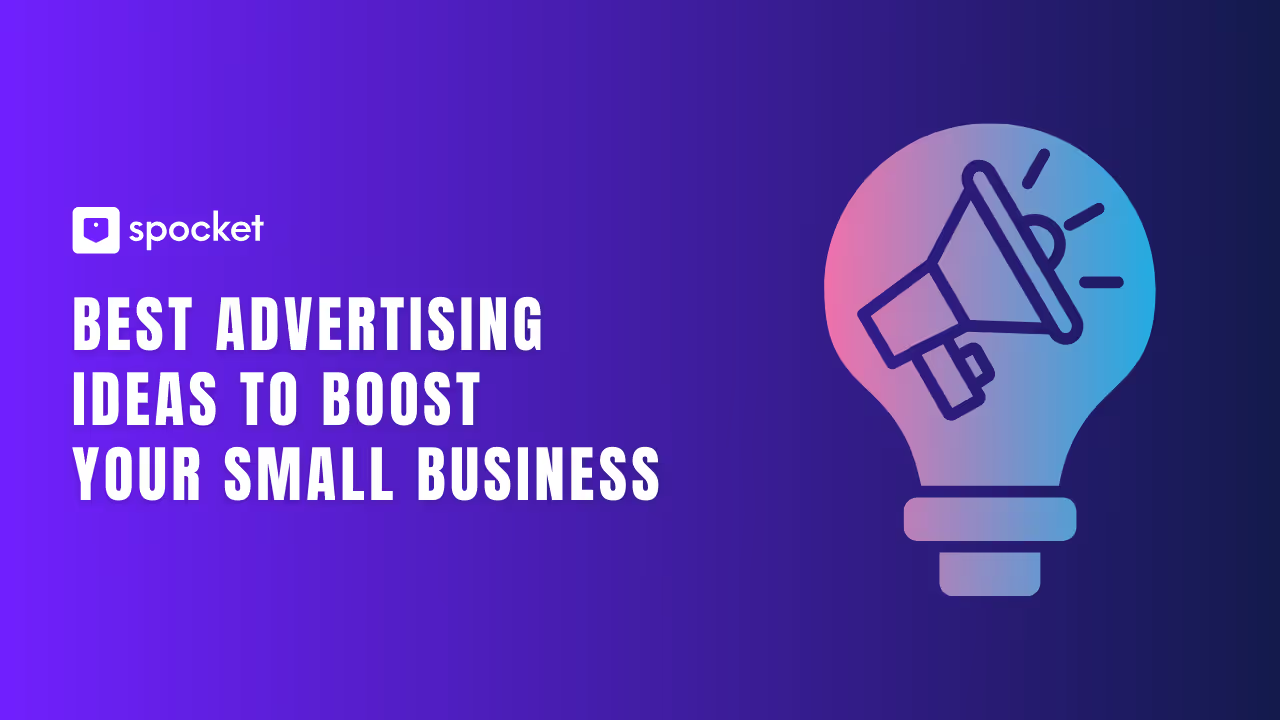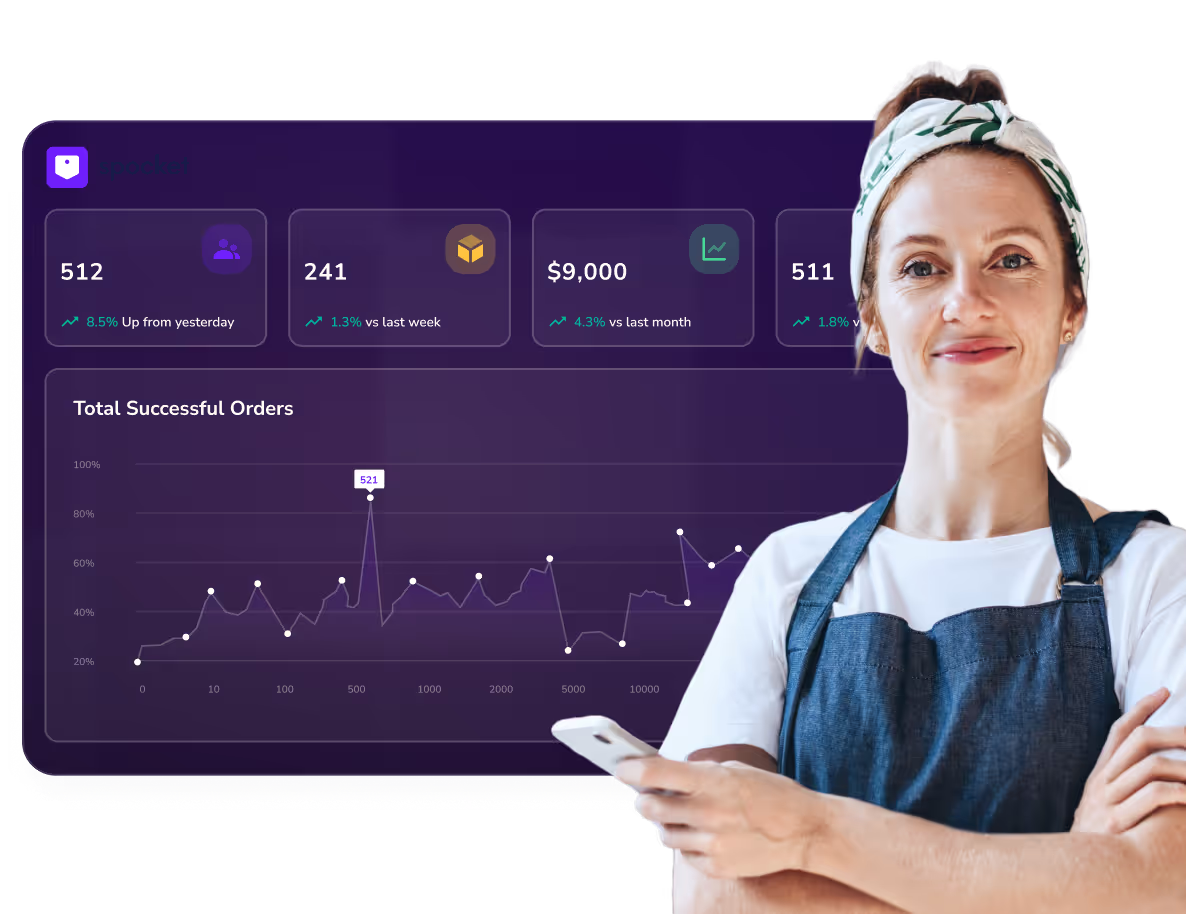The e-commerce market is set to reach $4.8 trillion, with evolving trends reshaping online shopping. AI-driven personalization enhances engagement, while AR shopping reduces return rates by offering virtual previews.
Social commerce is booming, enabling seamless purchases on platforms like Instagram and TikTok. Sustainability initiatives are driving demand for eco-friendly products. Voice commerce is also expanding, making hands-free shopping more accessible.
Businesses prioritizing personalization, convenience, and sustainability will stay ahead in 2026’s competitive market.
Key Trends Revolutionizing E-Commerce in 2026
The global e-commerce market is projected to reach $4.8 trillion, accounting for 21% of total retail sales. As consumer behaviors evolve, businesses must adopt new technologies to stay competitive.

Several key trends are shaping the future of online shopping.
1. AI-Driven Personalization
AI-driven personalization uses artificial intelligence to deliver customized recommendations, content, and experiences, enhancing engagement and driving conversions. Businesses adopting AI personalization see higher customer satisfaction and retention rates.
Key Benefits of AI-Driven Personalization
- Enhanced Engagement: AI tailors experiences based on user behavior, increasing interaction.
- Higher Conversions: Personalized product suggestions boost sales.
- Customer Loyalty: Customized experiences foster long-term relationships.
- Optimized Marketing: AI-driven targeting improves campaign efficiency.
Industry Adoption and Market Growth
- 92% of businesses use AI personalization to drive growth.
- The market is expected to grow by $2.71 billion (2026-2029) at a 17.5% CAGR.
- 77% of consumers prefer brands offering personalized experiences.
Challenges and Considerations
- Data Privacy: 24% of consumers express concerns about AI-driven interactions.
- Adoption Barriers: 45% of marketers are beginners in AI, with 63% citing training gaps.
AI-driven personalization is becoming a key strategy for businesses, improving customer experiences, sales, and brand loyalty.
2. Social Commerce Growth
Social commerce is set to account for 17% of global e-commerce transactions by 2026, driven by seamless shopping experiences on TikTok, Instagram, and Facebook. The global market is projected to hit $6.2 trillion by 2030, growing at a 32% CAGR.
Key Drivers of Social Commerce
- Platform Integration: Social media platforms enhance in-app shopping, simplifying the buying process.
- Influencer Marketing: Brands leverage influencers, boosting engagement and sales.
- Live Shopping Events: TikTok Shop and live streams generate millions in sales within hours.
Challenges and Considerations
- Privacy Concerns: Consumers demand stronger data protection and transparency.
- Market Competition: Brands must innovate to stand out in a crowded space.
Social commerce is revolutionizing online shopping, and brands that adopt influencer partnerships, live shopping, and in-app purchasing will lead the e-commerce market in 2026.
3. Creating Security and Transparency with Blockchain
Blockchain technology strengthens data security, transparency, and traceability by using decentralized and cryptographic mechanisms. Its tamper-proof nature ensures trust and integrity across industries.
Key Benefits of Blockchain
- Stronger Security: Cryptographic encryption prevents data tampering and fraud.
- Greater Transparency: Decentralized ledgers enable real-time verification.
- Improved Traceability: Tracks assets through supply chains, reducing fraud.
Industry Applications
- Finance: Secures transactions with immutable digital records.
- Supply Chain: Enhances traceability, improving efficiency and trust.
- Insurance: Streamlines claims and prevents fraudulent activities.
As blockchain adoption grows, industries will benefit from greater security, trust, and operational efficiency, making it a transformative force in digital transactions.
4. Augmented Reality (AR) Shopping
Augmented Reality (AR) is revolutionizing retail by allowing customers to visualize products in real-world settings before purchasing, leading to better decision-making and fewer returns.

Market Growth & Adoption
- The AR in the retail market is set to grow from $19.9 billion in 2024 to $64.4 billion by 2030 at a CAGR of 21.6%.
- Retailers are adopting AR to enhance customer engagement and boost sales.
Key Benefits
- Better Shopping Experience: Virtual try-ons and product visualization increase customer confidence.
- Lower Return Rates: Realistic previews reduce purchase dissatisfaction.
- Brand Differentiation: AR sets brands apart with immersive experiences.
Challenges
- High Development Costs: Implementing AR requires significant investment.
- User Adoption: Widespread use depends on accessible and user-friendly applications.
AR shopping is rapidly shaping the future of e-commerce and retail, offering immersive, personalized, and highly engaging consumer experiences.
5. Livestream Shopping is Taking Off
Livestream shopping is revolutionizing online retail by combining live video streaming with real-time purchasing. Consumers engage directly with hosts, ask questions, and buy instantly, creating an interactive and immersive shopping experience.
Market Growth and Trends
- The global livestream e-commerce market is projected to hit $6,079.8 billion by 2035, growing at a CAGR of 18.5%.
- In the U.S., sales are expected to reach $55 billion by 2026, making up over 5% of e-commerce revenue.
Key Drivers
- Influencer Partnerships: Trusted creators drive engagement and sales.
- Enhanced Technology: AI-driven features improve accessibility and interactivity.
- China’s Leadership: Platforms like Taobao lead global livestream shopping trends.
Challenges
- Consumer Trust: Ensuring product authenticity is crucial.
- Technical Barriers: Seamless streaming requires strong infrastructure.
Livestream shopping is rapidly reshaping e-commerce, boosting engagement, driving impulse buys, and redefining digital retail.
6. Sustainable Shopping
Consumers are increasingly prioritizing eco-friendly dropshipping goods and ethically produced goods, driving significant market growth across industries.
Market Growth & Consumer Demand
- Sustainable products now hold a 17% market share, growing 2.7x faster than conventional items.
- 55% of consumers are willing to pay more for eco-friendly brands.
- 79% of consumers in emerging markets prioritize sustainability, compared to 55% in developed regions.
Industry Trends
- Sustainable Packaging: Market is projected to hit $423.56B by 2029.
- Ethical Fashion: Expected to grow to $11.1B by 2027.
- Natural Personal Care: Market to reach $25.1B by 2026, growing at 9.4% CAGR.
Challenges
- Higher costs and limited accessibility slow adoption.
- Greenwashing concerns demand greater transparency from brands.
Sustainable shopping is reshaping industries, pushing businesses toward eco-conscious innovations to meet consumer expectations.
7. Voice-Activated Commerce Omnichannel Integration
Voice-Activated Commerce
Voice shopping is growing rapidly, allowing hands-free purchases via smart assistants like Alexa and Google Assistant.
- Market Growth: Projected to reach $186.28B by 2030, growing at 24.6% CAGR.
- Consumer Adoption: 8.4B digital voice assistants in 2024, expected to hit 14.1B by 2027.
Omnichannel Integration
Seamless shopping across physical and digital platforms enhances customer experience and retention.
- Market Expansion: Set to grow from $5.96B in 2021 to $17.92B by 2030 at 13.6% CAGR.
- Revenue Boost: Strong omnichannel strategies drive 9.5% annual revenue growth, versus 3.4% for weaker strategies.
Retailers adopting voice commerce and omnichannel integration gain a competitive edge by offering personalized, seamless shopping experiences.
8. Subscription-Based Models
Subscription-based models are revolutionizing commerce by offering consumers convenient, recurring access to products and services while providing businesses with predictable revenue streams.

Market Growth
The subscription economy has experienced significant expansion, with projections estimating its market size to reach $1.5 trillion by 2026.
Business Adoption
A substantial number of business leaders recognize the importance of this model, with 70% considering subscription-based strategies crucial for their prospects.
Consumer Engagement
The average U.S. consumer now maintains approximately 8.2 subscriptions, spending around $1,416 annually on these services.
The shift towards subscription-based models reflects a broader trend of prioritizing access and convenience, reshaping traditional consumer and business relationships.
9. Blockchain & Crypto Payments
Blockchain technology and cryptocurrency payments are revolutionizing the financial landscape by offering decentralized, secure, and efficient transaction methods.
Market Growth
- Blockchain Adoption: The global FinTech blockchain market was valued at $3.4 billion in 2024 and is projected to reach $49.2 billion by 2030, growing at a CAGR of 55.9%.
- Cryptocurrency Users: Global cryptocurrency ownership rates averaged 6.8% in 2024, equating to over 560 million users worldwide.
Business Integration
- Corporate Adoption: The number of Bitcoins held in corporate treasuries grew by 31% in 2024, reaching 998,374 BTC, indicating increased institutional confidence in digital assets.
- Payment Processing: The Bitcoin payment ecosystem market is expected to expand from $1.32 billion in 2024 to $1.56 billion in 2026, at a CAGR of 18.2%.
The integration of blockchain and cryptocurrency payments is redefining traditional financial systems, offering enhanced security, transparency, and efficiency in transactions.
10. Frictionless Checkout
Frictionless checkout is revolutionizing retail by reducing wait times, improving efficiency, and enhancing customer satisfaction.
Market Growth & Adoption
- 43% of retailers have mature self-checkout systems, with 17% expanding deployment.
- 35% of consumers prefer shopping experiences with automated, no-wait checkout.
Benefits for Retailers
- 79% report improved customer satisfaction due to faster transactions.
- 58% reduction in labor costs, 51% boost in operational efficiency.
Challenges
- Some retailers see up to 20% losses due to increased theft risks.
- 48% report long rollout times for system updates.
Despite challenges, frictionless checkout is reshaping retail, balancing speed, convenience, and efficiency.
11. Hyperlocal Delivery
Hyperlocal delivery is revolutionizing retail by enabling rapid, localized deliveries, improving customer satisfaction, and reducing costs.
Market Growth: Expected to grow from $2.89T in 2024 to $3.37T in 2026, at a CAGR of 16.3%.
Key Benefits
- Faster Deliveries: Orders arrive within hours, boosting customer experience.
- Cost Efficiency: Shorter distances lower transportation costs.
- Expanded Reach: Local vendors access wider markets.
Challenges
- Traffic Congestion: Urban delays require smart route planning.
- Strict Timelines: Unforeseen issues can impact delivery speed.
Hyperlocal delivery is reshaping modern commerce, prioritizing speed, convenience, and efficiency.
Conclusion: The Future of Online Purchases
The e-commerce landscape is evolving rapidly, driven by advancements in AI, AR, voice commerce, social shopping, and hyperlocal delivery. Consumers now expect personalized experiences, seamless transactions, and sustainable options, pushing businesses to innovate and adapt.
Retailers that embrace emerging trends like AI-driven personalization, frictionless checkouts, and blockchain payments will gain a competitive edge in the fast-changing market. As online shopping continues to grow, success will depend on technology integration, customer experience, and agility in responding to evolving consumer demands.







































